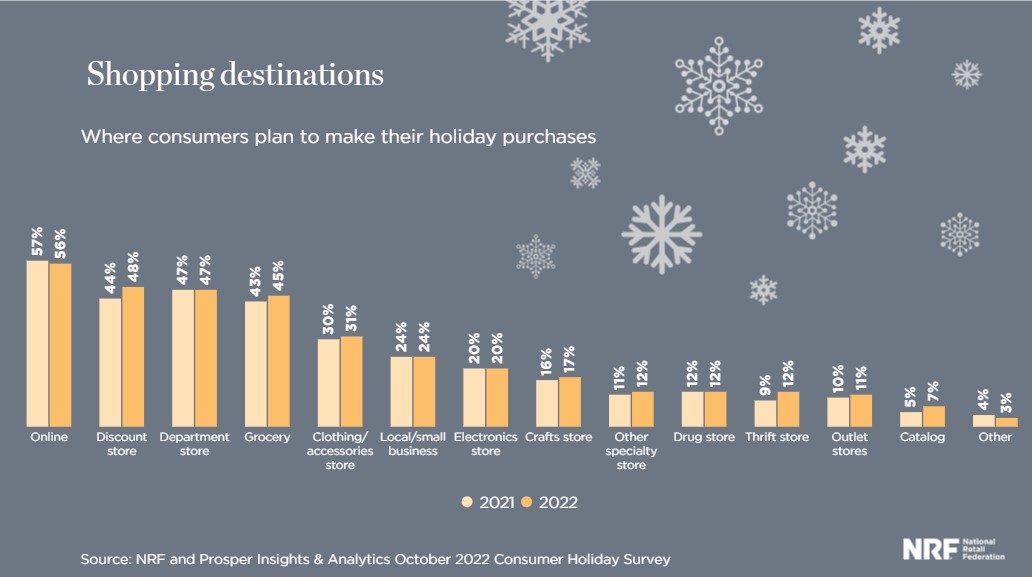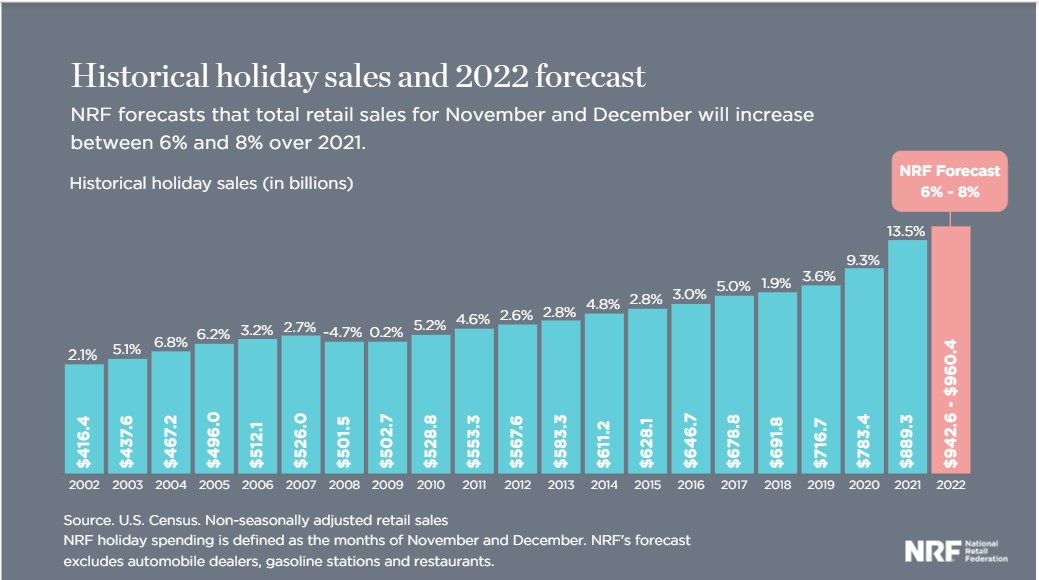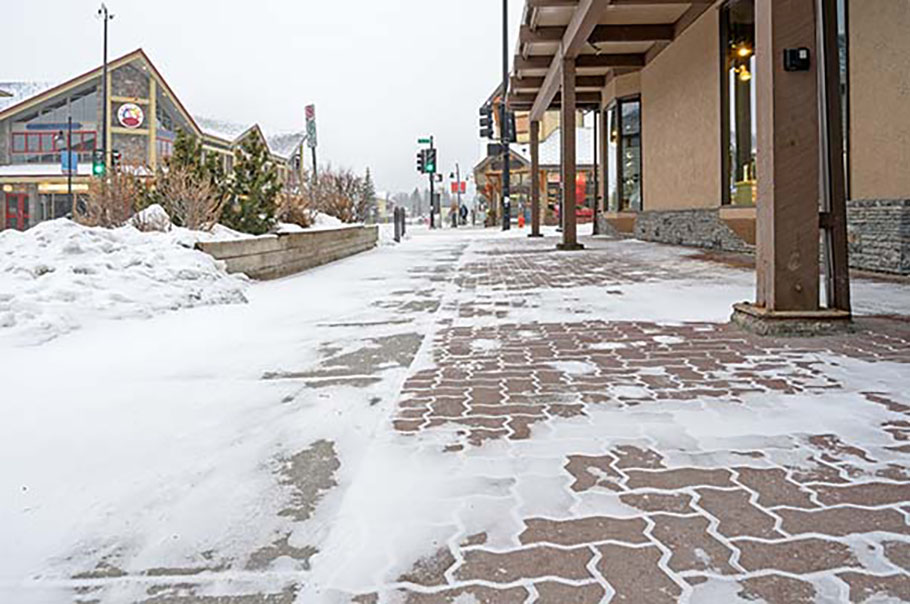The holidays are over, gifts have been given and retailers are counting their money. Think about where you shopped this holiday season, did you shop online, at a mall, or at your local downtown shops? And why?
Regardless of where you shopped, weather most definitely had an influence on it, whether you realized it or not. From buying flannel lined khakis, new Sorel boots or a new bikini, weather factors not only into what you buy but also where. Savvy retailers know that and use weather data to plan and prepare for what, where and how consumers purchase goods.
Researchers have been studying the impact of weather on sales for years, really decades, and most agree that daily weather has an immediate effect on daily businesses and sales. But there is so much more to the story than just that. Stores need to analyze this not only to anticipate footfall/store traffic and sales but also for staffing, inventory and more.
Let’s take a closer look at how stores plan for weather and how it can make a difference. With record-high inflation hitting most everyone’s pocketbooks, retailers are under enormous pressure to stay afloat, achieve their sales goals and to avoid costly mistakes like properly stocking inventory and timing sales promotions at the correct time. Certain trends are obvious like increased shopping around Christmas and grocery demand around holidays like Thanksgiving.
Weather largely affects retail sales by changing the experience of shopping or the ability to get to stores, rather than changing demand for particular products. Everything from a sunny warm day to a cold snowy day changes consumer habits. All of this can be a complicated balancing act for many retailers, with those properly managing to take advantage of shifts in the weather getting the best results, especially during the holidays. Running the right promotions at the right time can lead to a considerable increase in sales and profits.
Baby it’s Cold Outside
As winter approaches many, especially in the north, start to think about snow and cold temperatures. But they are also most likely starting to think about their next winter coat. Where will they purchase it and will it be in a store or online?
Researchers have found that one of the biggest changes is that people abandon both local stores and shopping centers and turn to online shopping as the weather turns colder. With food and clothes shopping becoming more common online, during cold weather people tend to visit their favorite stores’ websites instead of going to browse in person. At the same time, this can bring good news for other retailers. For instance, duvet sales rise over cold winters while figures show a drop of just 10% in average temperature can lead to a 100% increase in the number of electric blankets sold.
Further, if the weather gets too cold and a snow storm hits it can cause many local retail stores to grind to a halt, as people don’t want to risk getting into their cars and travel treacherous roads. This can be a huge issue if it happens either in the run up to Christmas or during the January sales – both periods when retailers are looking to boost sales.
Trending
Weather impacts not only what we buy but how much we buy, or spend, especially leading up to the holiday shopping season. For instance if there is mild weather leading up to the holiday shopping season, like in 2022, people tend to purchase along the lines of consumer electronics and other toys.
The National Retail Federation recently forecasted that total holiday sales during the months of November and December in 2022 would grow between 6% and 8% over 2021. Over the last decade, consumers have been kicking off their holiday shopping early in order to spread out their budgets and avoid the stress of holiday shopping. Continuing the trend this year, 60% of holiday shoppers started browsing and buying by early November they say.


Using Weather to Your Advantage
As retailers continue to scramble for sales, the need to understand the impact of weather becomes increasingly more important, and there are very few resources available to aid retailers in this effort. Weather Source, in partnership with our parent company Pelmorex, has developed the Weather Insights Platform (WIP) to do just that and we have been very successful in implementing this new solution with an array of clients.
What exactly is WIP, you ask? Simply put, it is a SaaS platform designed to provide your business with a competitive edge. WIP allows businesses to understand the impact of weather on sales, but it doesn’t end there. Businesses from retailers, to restaurants, to e-commerce leverage WIP to quickly and easily generate insights on how products correlate with weather to create sales forecasts, compare historical product sales to weather parameters and even to run weather-triggered promotions based on the forecast.
Additionally, in collaboration with a business’s first-party data it is possible to uncover seasonal trends and patterns to develop deep insights and optimize business performance. This includes inventory planning to marketing promotions, execute actionable strategies supported by data to gain share of voice and increase revenue.
WIP just made its debut at the National Retail Federation’s Big Show. Contact us to learn more about WIP and how you can leverage actionable weather insights to give your business a competitive advantage.



